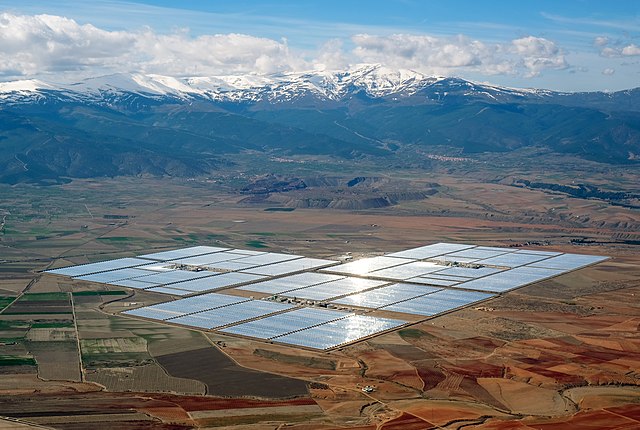LibGuides: Citing Sources: APA, MLA & Chicago Styles: NEW! APA Style (7th Edition)
A guide to citation styles from John Jay College Library. Includes APA, MLA and Chicago styles.
84%
The Daily's Verdict
This news site has a mixed reputation for journalistic standards. It is advisable to fact-check, scrutinize for bias, and check for conflicts of interest before relying on its reporting.
Bias
100%
Examples:
- . Lignocellulosic wastes are a renewable resource increasingly used in the sustainable production of oligosaccharides.
- Renewable energy is often used for electricity generation, heating and cooling.
Conflicts of Interest
50%
Examples:
- . Lignocellulosic wastes are a renewable resource increasingly used in the sustainable production of oligosaccharides.
- Renewable energy is often used for electricity generation, heating and cooling.
Contradictions
85%
Examples:
- . Lignocellulosic wastes are a renewable resource increasingly used in the sustainable production of oligosaccharides.
- Renewable energy is often used for electricity generation, heating and cooling.
Deceptions
100%
Examples:
- . Lignocellulosic wastes are a renewable resource increasingly used in the sustainable production of oligosaccharides.
- Renewable energy is often used for electricity generation, heating and cooling.
Recent Articles
